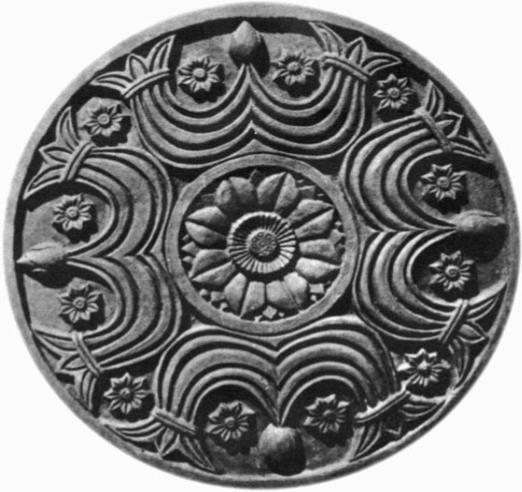ตรีรัตน Tiratana
- Fellow Buddhist
- Dec 30, 2017
- 1 min read
ตรีรัตน (Tiratana Symbol) ภาพด้านนอกอาคารภาพนี้จะอยู่บน หน้าจั่วทางเข้าวัด เป็นเครื่องแสดงว่าวัดเป็นวัดในพุทธศาสนา เป็นสัญลักษณ์สากลที่ใช้กันอย่างแพร่หลายตั้งแต่ก่อน พ.ศ. 300
ภาพตรีรัตนประกอบด้วยภาพดอกบัวบานในวงกลมมีเปลวพุ่งขึ้นไปเป็น 3 ยอด ทั้ง 4 ทิศ ทำนองว่าการตรัสรู้ของพระพุทธองค์ ทำให้เกิดรัตนทั้งสามขึ้นในโลกไปทั้งสี่ทิศ มีหลายแบบเรียกกันอย่างแพร่หลายในเวลานี้ว่า Tiratana Symbol เป็นเครื่องหมายสูงสุดใพระพุทธศาสนามาตั้งแต่พุทธศตวรรษ ที่ 3
แบบที่เลือกมาเป็นแบบมาจากหินสลักสมัยสุงกะ พ.ศ. 400-500 ประกอบด้วย ภาพดอกบัวบานในวงกลม มียอดเปลวสามยอดทั้ง 4 ด้าน ดอกบัวหมายถึงการตรัสรู้ หรือการเกิดขึ้นของพระพุทธเจ้า วงกลมหมายถึงความไม่มีที่สิ้นสุด หรือความว่างอันมีลักษณะไม่มีที่สิ้นสุด ยอดเปลวสามยอด หมายถึงพระพุทธ พระธรรม พระสงฆ์
The term "TIRATANA" is a Pali word meaning 'The Triple Gem'. The Triple Gem in Buddhist terminology refers to: BUDDHA, DHAMMA, and SANGHA
The tiratana (Triratna-in Sanskrit) appears in early Buddhist art in various contexts, especially as one of the symbols on the Buddhapada, or footprint of the Buddha. It symbolizes the three jewels, or “refuges” of Buddhism. The three Refuges are: the Buddha, the Dhamma (the teachings of the Buddha), and the Sangha (the community of believers), as well as additional layers of symbolism, such as: The three virtues of the Buddha: wisdom, purity, compassion; and The three parts of the Pali Canon, or Tipitaka (“three collections,” the earliest Buddhist canon), which includes the Vinaya, guidelines for behavior, Sutta, discourses and stories of the Buddha, and Abhidhamma, Metaphysical teachings.
A blooming lotus in the middle of a circle symbolizes the Enlightenment. Three flames pointing in each direction represent the three jewels that spread to all four corners of the world. The circle is a symbol of voidness (sunyata).



